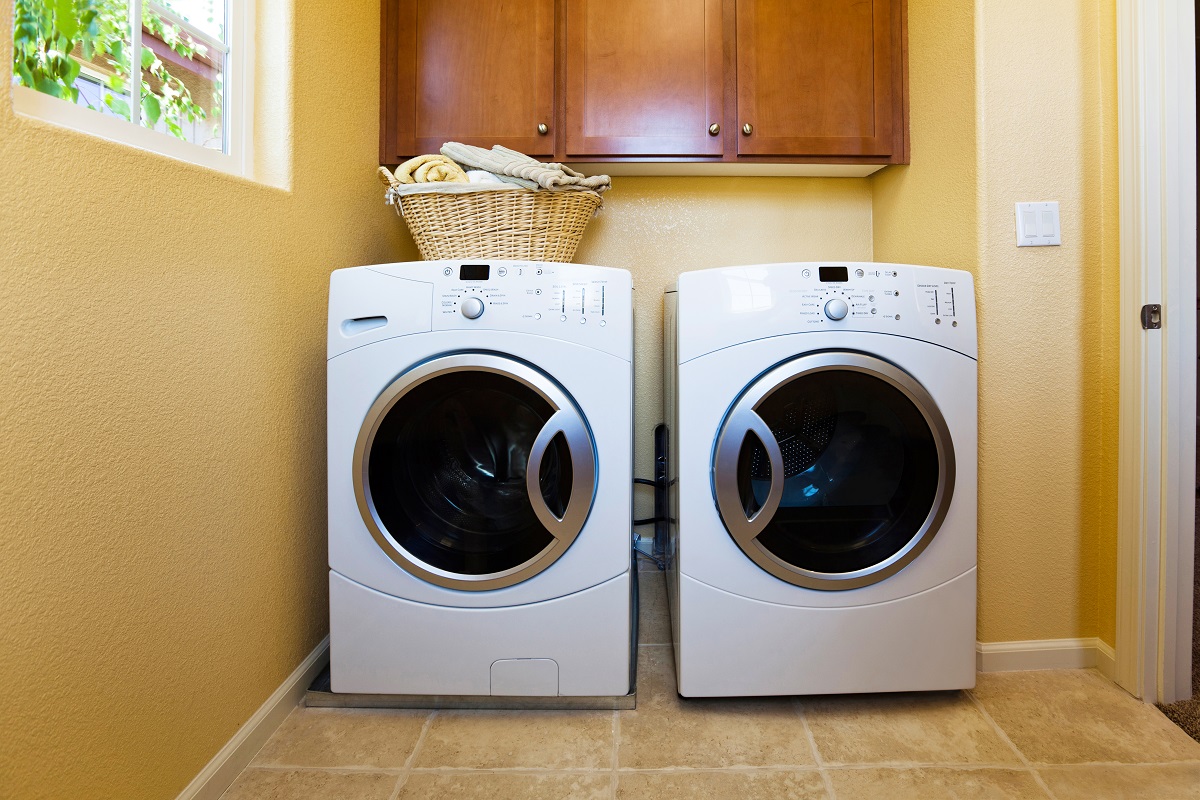

Articles
How Wide Is A Standard Washer And Dryer
Modified: January 7, 2024
Discover the size of a standard washer and dryer in this informative article. Learn how wide they are and find the perfect fit for your laundry room.
(Many of the links in this article redirect to a specific reviewed product. Your purchase of these products through affiliate links helps to generate commission for Storables.com, at no extra cost. Learn more)
Introduction
When it comes to choosing a washer and dryer for your home, size matters. Not only do you want appliances that fit in your laundry room or closet, but you also want ones that can handle your laundry needs efficiently. Understanding the dimensions of a standard washer and dryer is essential to ensure a perfect fit for your space.
In this article, we will explore the dimensions of a standard washer and dryer and provide you with the necessary information to make an informed decision for your laundry needs.
Key Takeaways:
- Ensure a perfect fit for your laundry space by understanding the dimensions of standard washers and dryers. Consider overall width, capacity, door swing, noise levels, and energy efficiency to create an efficient and functional laundry area.
- When choosing a washer and dryer, remember to measure your space carefully and allow for necessary clearance. Consider dimensions, capacity, door swing, noise levels, and energy efficiency to find the perfect fit for your unique laundry needs.
Read more: How Wide Is A Washer And Dryer
Dimensions of a Standard Washer
A standard washer typically has a width ranging from 27 to 30 inches. This allows it to fit comfortably in most laundry rooms or designated spaces. The height of a standard washer can vary between 35 and 42 inches, depending on the model and brand. The depth typically falls within the range of 27 to 34 inches.
It’s important to keep in mind that these dimensions can vary slightly among different manufacturers and models. Some compact or space-saving models may have smaller dimensions to accommodate smaller spaces, while larger capacity machines may have slightly larger dimensions.
Additionally, front-load washers tend to be slightly larger in dimensions compared to top-load washers. This is because front-load washers open from the front and require more space for the door to swing open. However, front-load washers often feature a sleeker design and can handle larger load capacities, making them popular options for those with ample space in their laundry rooms.
Dimensions of a Standard Dryer
Similar to washers, standard dryers also have specific dimensions that are important to consider when planning your laundry space. The width of a standard dryer typically ranges from 27 to 30 inches, just like a standard washer. This allows for a seamless fit when paired with a matching washer.
The height of a standard dryer can vary between 35 and 44 inches, depending on the model and brand. The depth generally falls within the range of 27 to 32 inches. Just like washers, the dimensions of dryers may vary slightly among different manufacturers and models.
It’s worth noting that stackable washer and dryer sets are also available, which can be a great space-saving option for smaller laundry rooms or apartments. Stackable dryer units are typically designed to fit on top of the washer, allowing for vertical space utilization. These units often have smaller dimensions compared to standalone dryers but offer the same functionality.
Additionally, some dryers come with a reversible door feature, which allows you to change the direction of the door swing to fit your space and laundry room layout. This can be particularly helpful if you have limited clearance or if your laundry area has specific spatial constraints.
The standard width of a washer and dryer is typically 27 to 28 inches. Be sure to measure the space where you plan to install them to ensure a proper fit.
Overall Width of a Standard Washer and Dryer
When considering the overall width of a standard washer and dryer, it’s important to keep in mind that they are designed to be installed side by side. This means that the combined width of the washer and dryer is typically around 54 to 60 inches.
The exact width can vary based on the specific models and brands you choose. Some washers and dryers have a narrower width of 27 inches, while others may have a wider width of 30 inches. It’s crucial to check the specifications on the manufacturer’s website or consult with a sales representative to ensure compatibility and a proper fit.
It’s worth noting that if you opt for a stackable washer and dryer set, the overall width will be determined by the width of the individual units. Stackable sets are designed to have a smaller overall footprint, making them a popular choice for compact spaces.
When measuring the available space in your laundry room, be sure to account for any additional clearance needed for proper operation and maintenance of the appliances. It’s recommended to leave at least 1 inch of space on each side and 6 inches at the back to ensure proper ventilation and ease of access.
Ultimately, the overall width of a standard washer and dryer will depend on your personal preferences, the size of your laundry room, and the specific models you choose. Ensuring the proper fit and allowing for adequate space will not only make installation easier but also contribute to a functional and efficient laundry setup.
Other Considerations for Washer and Dryer Size
While the width, height, and depth are crucial dimensions to consider when selecting a washer and dryer, there are a few other factors to keep in mind to ensure the perfect fit for your laundry needs.
Capacity: In addition to the physical size, it’s important to consider the capacity of the washer and dryer. This refers to the amount of laundry the machines can hold. You’ll want to choose a capacity that aligns with your household’s laundry demands. A larger capacity may require more space, so it’s essential to factor this into your decision-making process.
Door Swing: Take into account the door swing of the washer and dryer. Front-load washers and dryers have a door that swings open from the front, while top-load washers typically have a vertically hinged lid. Ensure that you have ample space for the door or lid to fully open without any obstructions.
Noise and Vibration: Consider the noise and vibration levels of the washer and dryer, especially if the laundry area is near living spaces or bedrooms. Some models offer advanced technologies that minimize noise and vibration, allowing for a quieter and more peaceful laundry experience.
Accessibility: If you have specific accessibility requirements, such as limited mobility or wheelchair access, consider factors such as the height of the machines. Opting for a pedestal or platform can help raise the machines to a more accessible height.
Energy Efficiency: Look for energy-efficient models that can help reduce your energy consumption and utility bills. Energy-efficient washers and dryers often have the Energy Star label, indicating their high efficiency and environmentally friendly features.
Additional Features: Consider any additional features you may desire, such as steam cleaning, smart home compatibility, or specialized wash cycles. Ensure that the machines have enough space to accommodate any additional features you prioritize.
Taking all of these considerations into account will help you choose the perfect washer and dryer size for your laundry space, ensuring a seamless fit and optimal performance for your laundry needs.
Read more: How Wide Is A Standard Toilet
Conclusion
Choosing a washer and dryer that fit perfectly in your laundry space is essential for creating an efficient and functional laundry area. Understanding the dimensions of a standard washer and dryer is crucial for ensuring a seamless fit and optimal performance.
Standard washers typically have a width ranging from 27 to 30 inches, while standard dryers have similar dimensions. It’s important to consider the overall width of both appliances when planning your laundry space, keeping in mind the availability of clearance for proper installation and maintenance.
Other factors to consider include the capacity of the machines, the door swing, noise and vibration levels, accessibility features, energy efficiency, and additional functions you may desire. Remember to measure your laundry area carefully and allow for any necessary clearance to avoid any potential installation issues.
By carefully considering these factors, you can select a washer and dryer that are not only the correct size but also meet your unique laundry needs and preferences.
Remember to check the specifications provided by the manufacturer and consult with professionals if needed to ensure that the dimensions of the washer and dryer fit within your available space. Taking the time to find the right size and features will result in a laundry area that is both practical and visually appealing.
With the right measurements and knowledge about the dimensions and other considerations, you can confidently choose a standard washer and dryer that will make doing laundry a breeze and fit seamlessly into your home.
Frequently Asked Questions about How Wide Is A Standard Washer And Dryer
Was this page helpful?
At Storables.com, we guarantee accurate and reliable information. Our content, validated by Expert Board Contributors, is crafted following stringent Editorial Policies. We're committed to providing you with well-researched, expert-backed insights for all your informational needs.
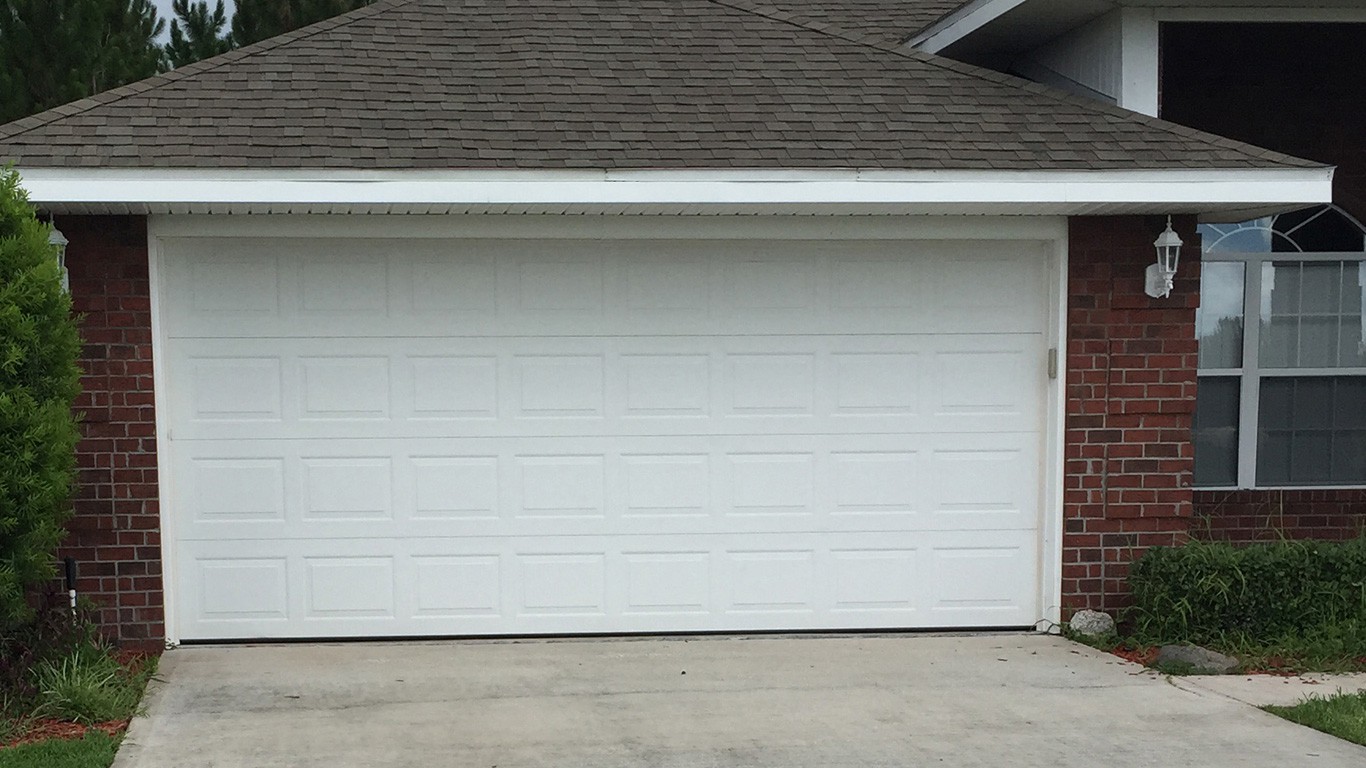
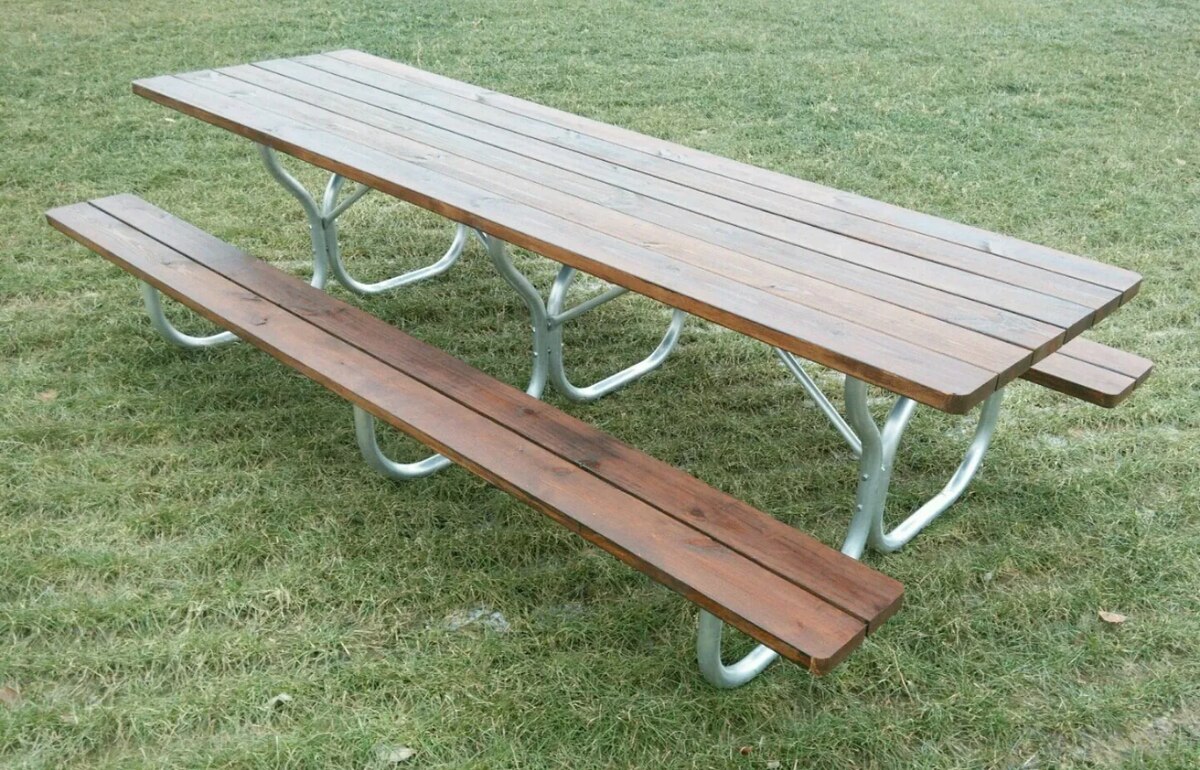



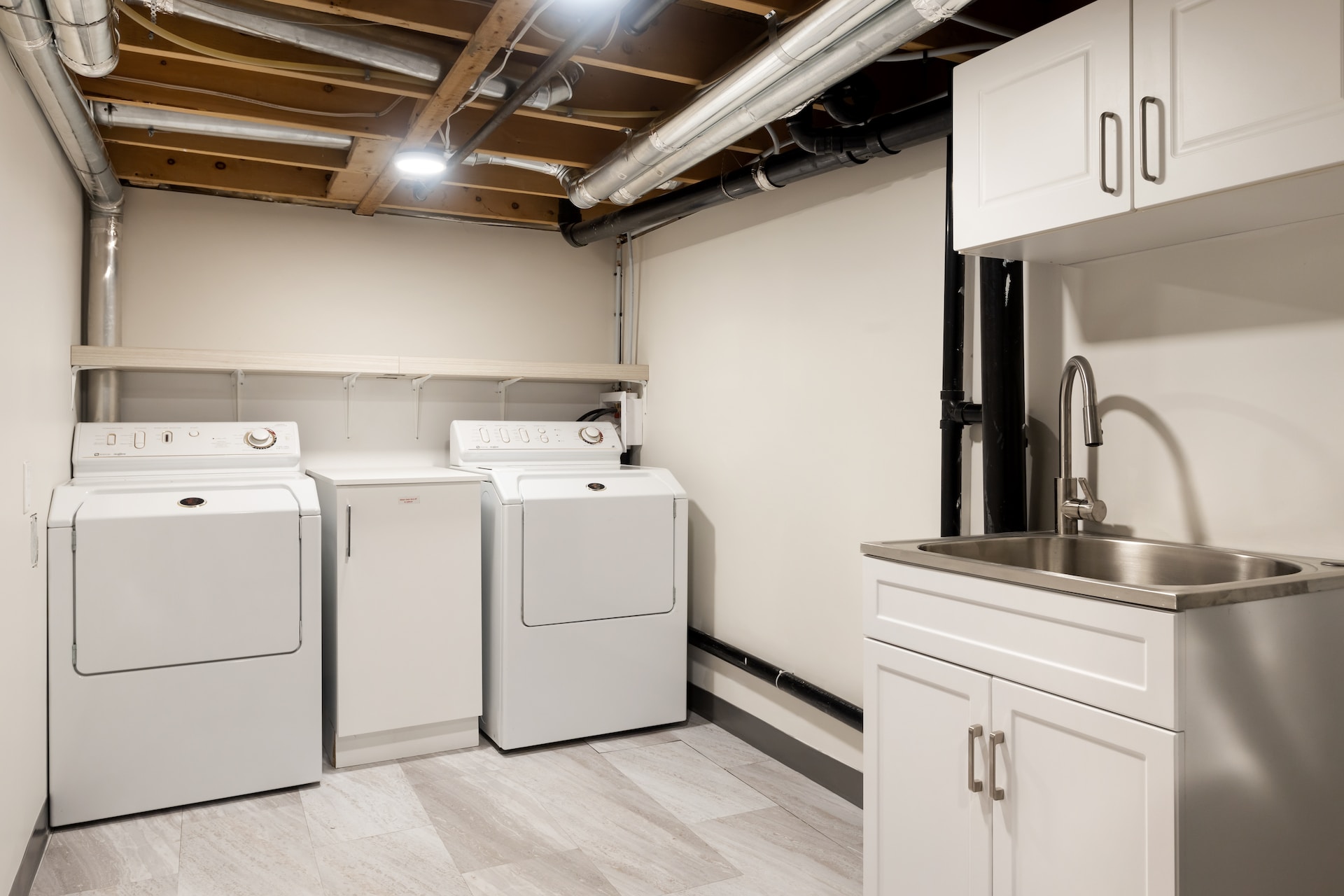


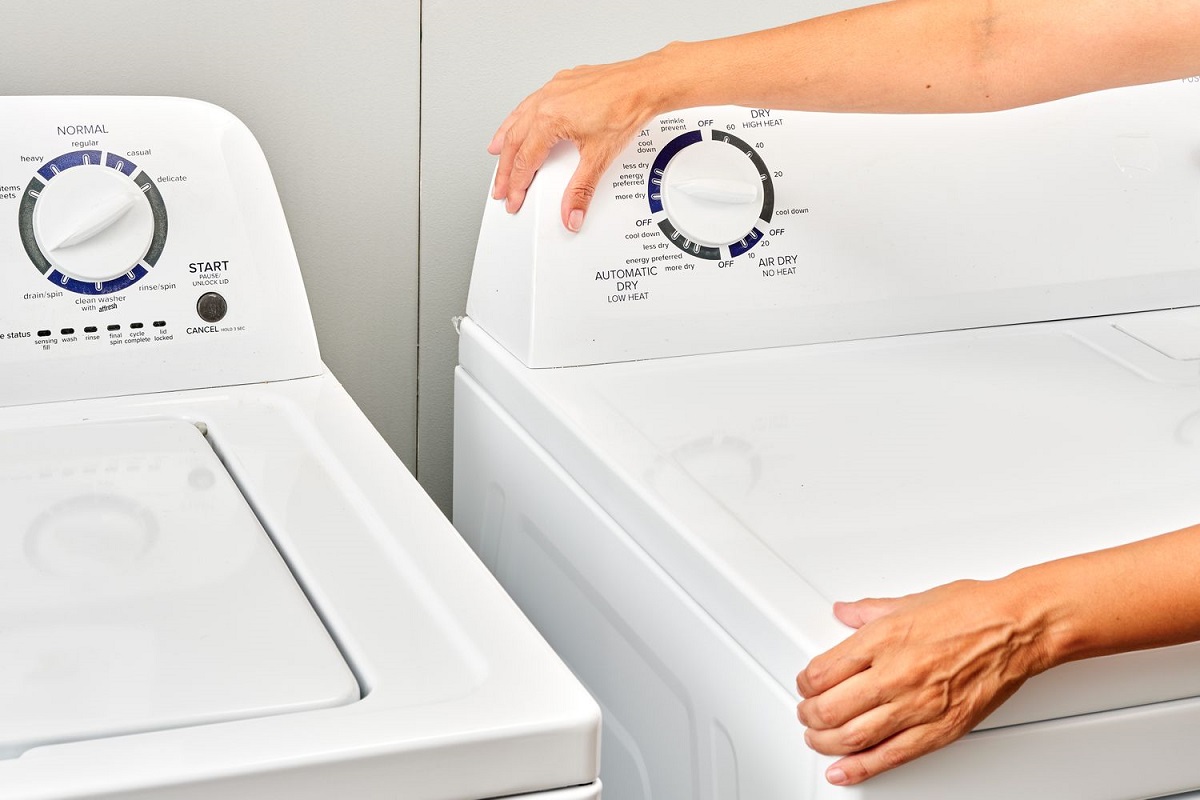
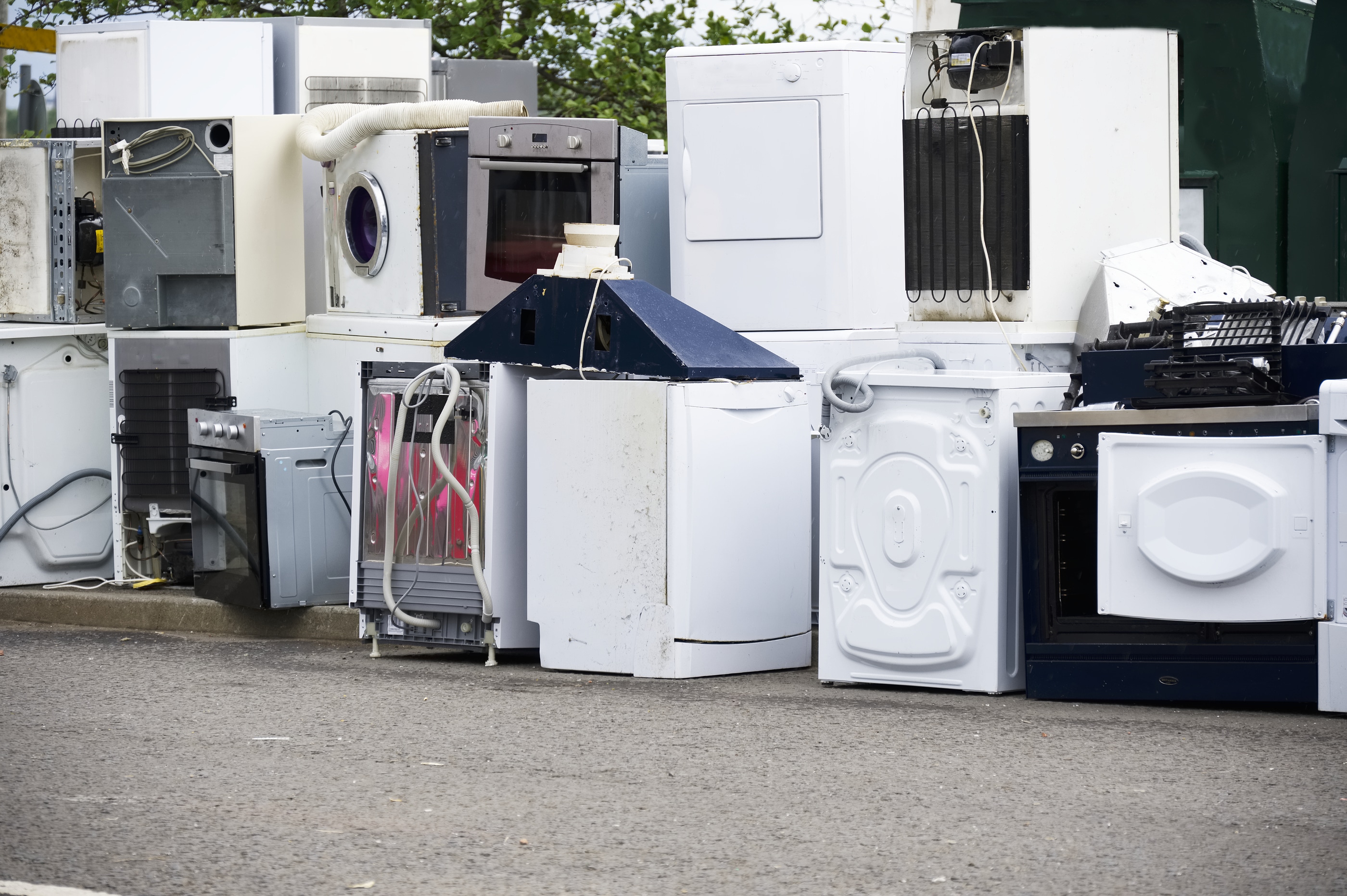

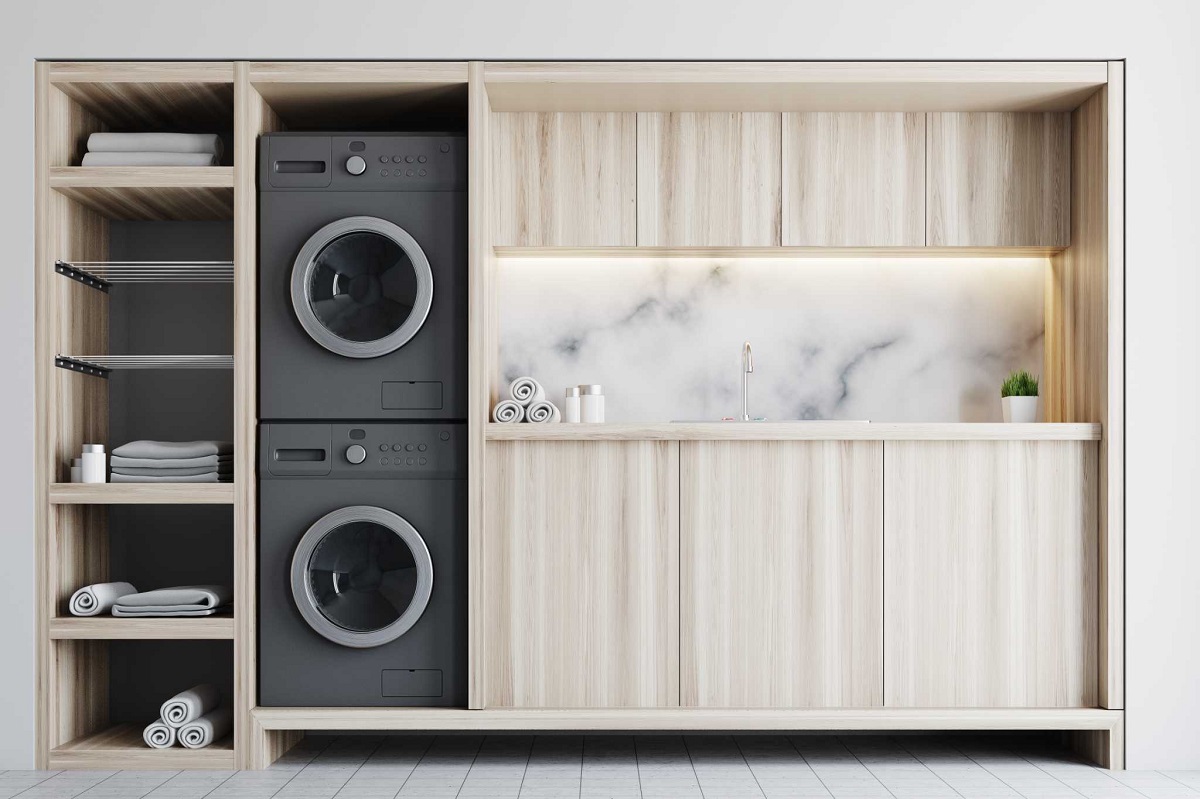
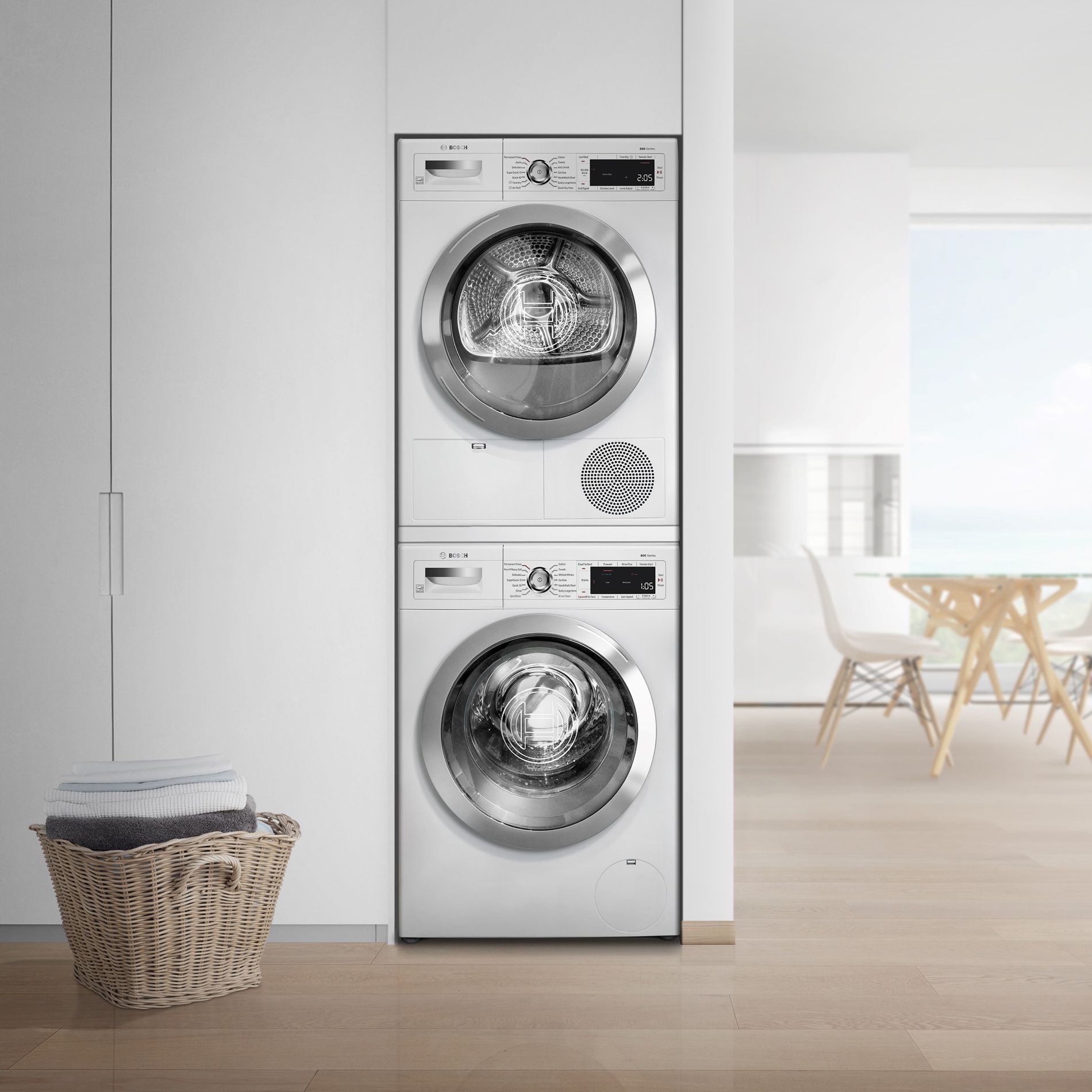
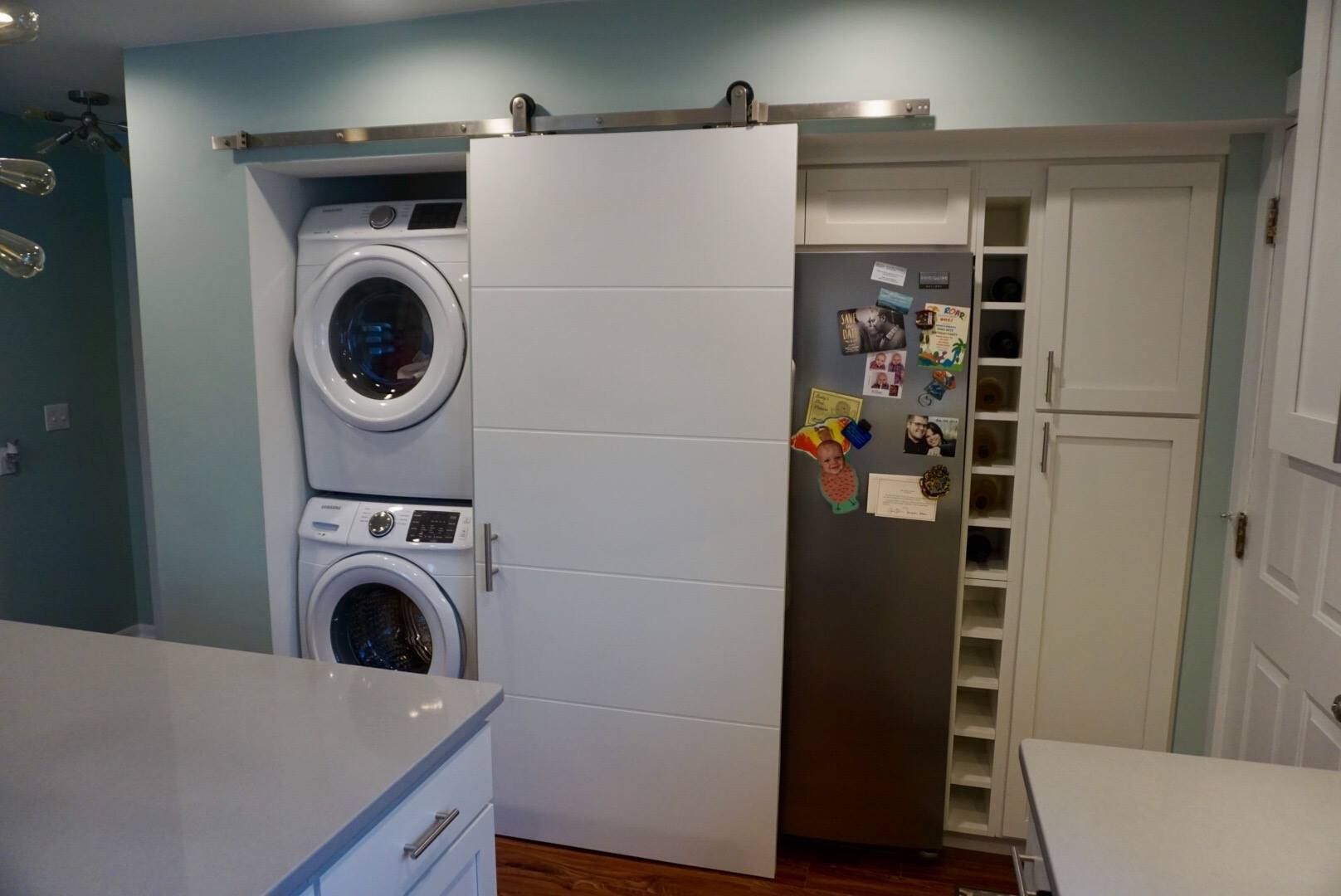

0 thoughts on “How Wide Is A Standard Washer And Dryer”